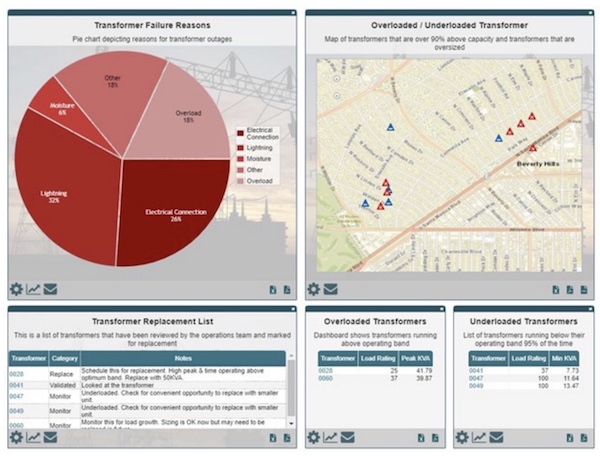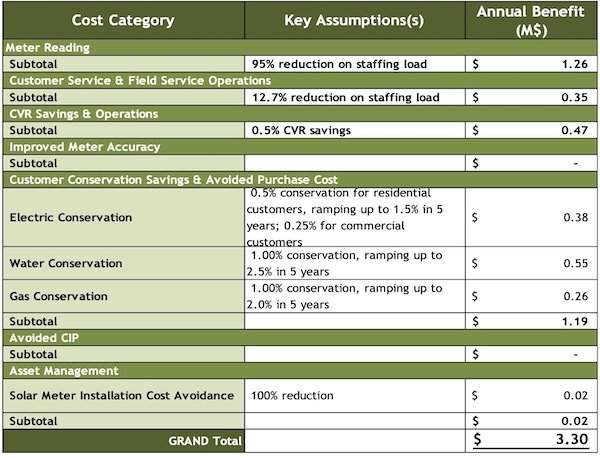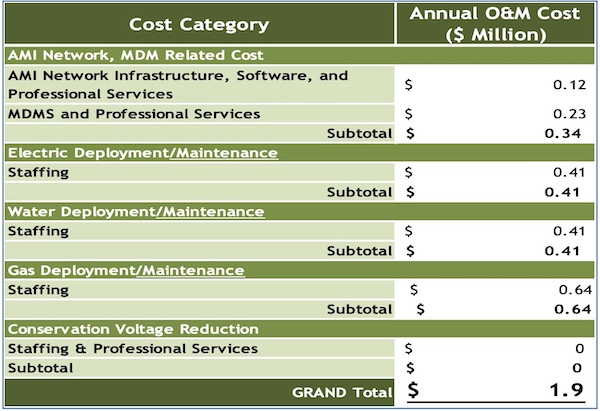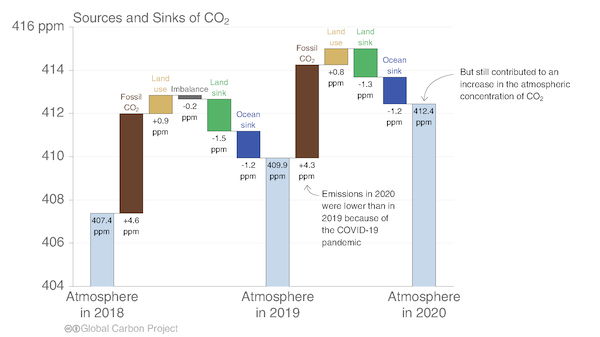Many of you reading this already have smart meters and are getting started with time-of-use rates. I’d love to hear your experience so far. Palo Alto is late to the game. The City of Palo Alto Utilities (CPAU) will begin replacing all 30,000 legacy electric meters in earnest in two years, along with 9,000 older water meters. They will also retrofit all 45,000 gas and water meters to detect and transmit hourly usage information. The rollout will be complete by the end of 2024, at which point the utility will be able to roll out time-of-use rates in 2025.

I am really looking forward to this change. The main reason for my enthusiasm has to do with electricity rates. The cost (and emissions) of electricity vary significantly throughout the day and the year. A time-invariant rate does not price power correctly, which means that we are not using power efficiently. If we want an affordable and clean power supply that closely matches our demand, then our rates must include a time component, and smart meters are the infrastructure that enables that.

Demand in California (blue) varies by hour and season as does the amount of solar (yellow) and wind (green) available. Summer has greater demand, increasing through afternoon and evening. Winter has less solar and more wind than summer. The result is steep differences in “net demand” (red), which is demand minus solar and wind. We want to even out (and lower) that “net demand” curve to reduce the amount of peak capacity we need to build. Source: CAISO
Once we have well-designed pricing plans, there are many benefits we can expect from these smart meters. There are even a few benefits we will derive automatically. Here is my list.
1. The utility and residents can buy more inexpensive power. Power is generally more expensive in the evening and less expensive midday. When power rates better reflect the true cost of energy, residents can choose to shift their use, as convenient, towards cheaper hours. Residents and the utility will then save on cost. For this to work well, the rate design has to be effective, which is covered in the second part of this post.
2. The utility will be able to reimburse power contributions from residents more accurately. A resident can contribute power to the grid from rooftop solar, a home battery, or even an EV battery in time. Power contributions are more valuable when supply is scarce, and reimbursement rates should reflect that. This should help to make home batteries, for example, more affordable.
3. Residents can save money when the utility alerts them to potential water leaks or other significant anomalous use. During the roughly four-year pilot program for these meters in Palo Alto, water leaks were detected in 30% of the homes!
4. Residents can save money by doing their own analysis of their use, which will be reported on an hourly basis (or finer if they request a ZigBee radio). A resident might be surprised to see how much power they are using at night, for example, or how much water for irrigation, and be able to make some cost-saving adjustments.
5. The grid will become more resilient because the utility is better able to detect, locate, and respond to voltage deviations and outages. Furthermore, hourly usage profiles help the utility more efficiently maintain and enhance its distribution networks for power, gas, and water.

Example of a power grid management display. Source: Palo Alto Utilities Advisory Commission report, 2021
6. The meters enable more conservative management of voltage on the distribution network, which can reduce overall energy consumption by 0.5% to 1%.
7. There are some smaller benefits as well. For example, service transitions can be done without the need to make an appointment to read a meter. And the new meters are more accurate than some of the older (and slower) meters out there. (1)
While the utility will save on the cost (2) and difficulty (3) of manually reading meters, I don’t count this as much of a benefit because they will need staff to manage the new metering infrastructure, and those staffing costs more or less balance out. (4)
The trick to realizing many of these benefits is a well-designed rate plan that is aggressive but fair, one that allows most households to save money but all households to break even. Such a plan will likely have these characteristics:
- Off-peak rates are less than half the peak rates, to better motivate customers to make changes that are convenient for them.
- The peak (high-rate) period is relatively narrow (e.g., four hours rather than six).
- Customers are made aware of tools they can use to help schedule their power use when convenient (e.g., an appliance scheduler).
- Customers are opted-in by default.
- There is a no-risk period that allows customers to try out a rate and back away from it if it doesn’t work for them.
- Customers are allowed to opt out of time-of-use rates entirely.
Palo Alto ran a poorly designed pilot of time-of-use rates from 2012-2017 that resulted in virtually no change in usage or bills for residents. The best and worst rates differed by just 5-10% for much of the year, with power being slightly cheaper from 11pm to 6am. Even at the height of summer, the highest power rate (noon to 6pm on weekdays) was just 50% higher than the lowest. The peak period to avoid was a lengthy six hours. And because few of the EV owners were charging during that interval anyway, they had little opportunity to save.

The time-of-use rates for CPAU’s pilot were not well designed based on what we know today. Source: Palo Alto Finance Committee report, 2012
The new time-of-use rates will be very different. They will encourage midday use and discourage evening use. (Mornings and nights will be somewhere in between.) The new rates will be much more aggressive. CPAU spokesperson Catherine Elvert explains: “The expectation is that the time-of-use period rate differential will be larger than that developed in the 2013-14 period because the market price differential is larger now.” More people now have electric loads that they can easily move (e.g., EVs or electric cooling/heating), and more tools are available to help shift those loads (e.g., scheduling thermostats).
The Sacramento Municipal Utility District did a pilot with aggressive time-of-use rates -- 27 cents between 4-7pm vs 8 cents other times -- and found they were able to shift 8-10% of their load off of peak. And that was almost ten years ago. Peninsula Clean Energy more recently found that they were able to decrease peak charging energy by 50% among EVs enrolled in a managed charging pilot. It is clear that we can shift demand significantly, and therefore reduce costs and emissions, with the right incentives and tools.
CPAU is working with experienced consultants to help design the smart meter rollout. They have done multiple deployments and should be able to help residents and the utility get the most value from the new meters.
I would love to hear your questions or comments about the smart meter rollout and potential new rate designs. I just wish it were happening sooner.
Notes and References
1. To be fair, this may not be viewed as a benefit by the residents living with those older meters! But it is a benefit to the rest of us. CPAU spokesperson Catherine Evert says that the utility “does not anticipate this will be a prevalent issue.”
2. The utility will be allowing residents to opt-out of smart meters, and those opt-outs will continue to incur meter reading costs.
3. City documentation indicates that injuries to meter readers are not uncommon.
4. The city estimated in 2018 the measurable annual financial benefits as follows:

And the estimate of the measurable annual financial costs (mainly additional staffing) is as follows:

5. The utility provides customer-facing documentation on smart meters here. The results of the earlier pilot study can be found here (2017). Relevant reports can be found here (2018 plan approval) and here (2021 funding approval).
6. This presentation by Strategen Consulting reviews some smart meter pilots around the country. Each region has different constraints and goals, but there are still lessons to be learned. The Rocky Mountain Institute looks at time-based rate designs here. The Brattle Group has a brief overview, though not everyone agrees with the author.
7. Gennady Sheyner wrote about smart meters a few months ago when the Utilities Advisory Commission approved funding for them. His article has more information about the deployment.
Current Climate Data (August 2021)
Global impacts, US impacts, CO2 metric, Climate dashboard (updated annually)

Comment Guidelines
I hope that your contributions will be an important part of this blog. To keep the discussion productive, please adhere to these guidelines or your comment may be moderated:
- Avoid disrespectful, disparaging, snide, angry, or ad hominem comments.
- Stay fact-based and refer to reputable sources.
- Stay on topic.
- In general, maintain this as a welcoming space for all readers.
Comments that are written in batches by people/bots from far outside of this community are being removed.



